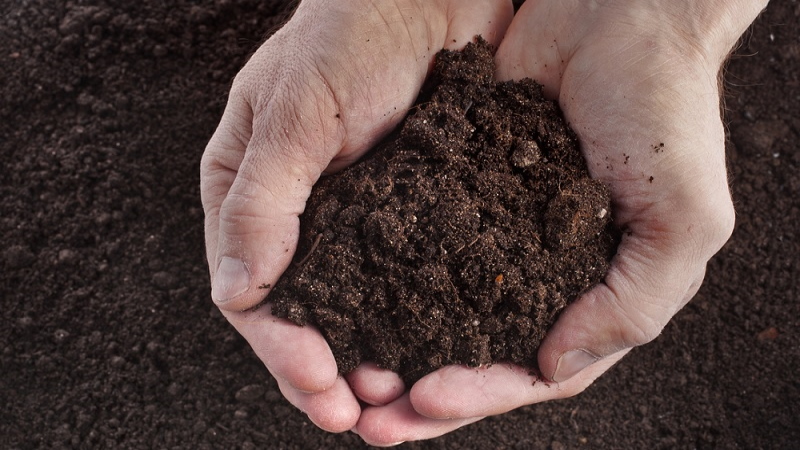Many landscape designers will advise homeowners on the materials that they recommend for specific aspects of their landscape design. One of those concerns is what should be used in the various plant, flower, and vegetable beds and the walkways throughout the garden, with the choice normally narrowed down to one of three which are soil, mulch, and rocks.
Each has distinct characteristics and offers variable benefits, depending on its use, and whether they are used in the right ways and in the right locations within the garden. For those unsure what benefits and uses soil, mulch, and rocks have to offer within landscaped gardens, read on and you will discover them so that when it comes time to make your choices, you make the right ones.
The Case For And Against Soil
Arguably the simplest option, given that you are adding nothing to what your plants are already embedded in. Apart from simplicity, the other advantage of simply using soil as it is, is that there are no further materials to be purchased, and thus no further costs to be incurred, which might be important for those on an extremely tight budget.
A downside of just using the existing soil is that it is exposed, so there is a risk that it can become dried out very quickly, especially when a hot sun and strong winds are present. In addition, soil erosion is a further risk that is going to be accelerated during prolonged periods of rain which will wash soil away.
A further negative of soil on its own is that it is less able to suppress weeds without a protective level of rocks or mulch being present. Finally, there is an argument that soil does not provide the aesthetic value that rocks or mulch would if they were added to the surface.
The Case For And Against Mulch
Mulch, which hopefully you know consists mainly of shredded bark, might not have the most appealing of names but, in the garden, it can be a huge asset given its many benefits. Mulch can come in its natural colour, or if being used to augment the visual appeal of landscaped gardens, some mulches come dyed in darker or lighter colours.
One advantage of mulch is that it helps the soil below retain moisture, meaning less watering and irrigation is necessary. Mulch also acts as a protective layer against extremely hot temperatures damaging sensitive roots. Conversely, during the winter when temperatures drop, mulch protects by acting as insulation against the cold for those same roots.
Mulch can help prevent soil from being eroded, it acts as a deterrent to weeds growing, and, as it decomposes, the nutrients that exist within the mulch help feed the plants in the vicinity.
As for mulch’s downsides, there are not many, but one which those living in locations that are prone to strong winds might note is that mulch can be blown around by those winds. Also, unlike soil and rocks, mulch has a limited lifespan and thus needs replacing at a cost.
The Case For And Against Rocks
For those wanting the maximum aesthetic appeal, rocks, and especially decorative rocks, will certainly provide you with that. As well as looking great, rocks can also help enormously with drainage within landscaped gardens. A further benefit is that rocks can be considered to be here to stay as they will not blow away, nor do they have a limited lifespan, and once installed, they need no further attention or maintenance.
However, it is not all good news where rocks are concerned. They are less conducive to plant growth than mulch and soil which is further exacerbated in hot weather as they will retain heat which may hinder nearby plants. It should also be obvious that rocks offer no nutritional value whatsoever to the plants in your landscaped garden.
Rocks also do not present as much a barrier or deterrent to weeds which seem to always find some way of growing around rocks. Finally, it is worth mentioning that rocks are likely to be the most costly of the three options.

